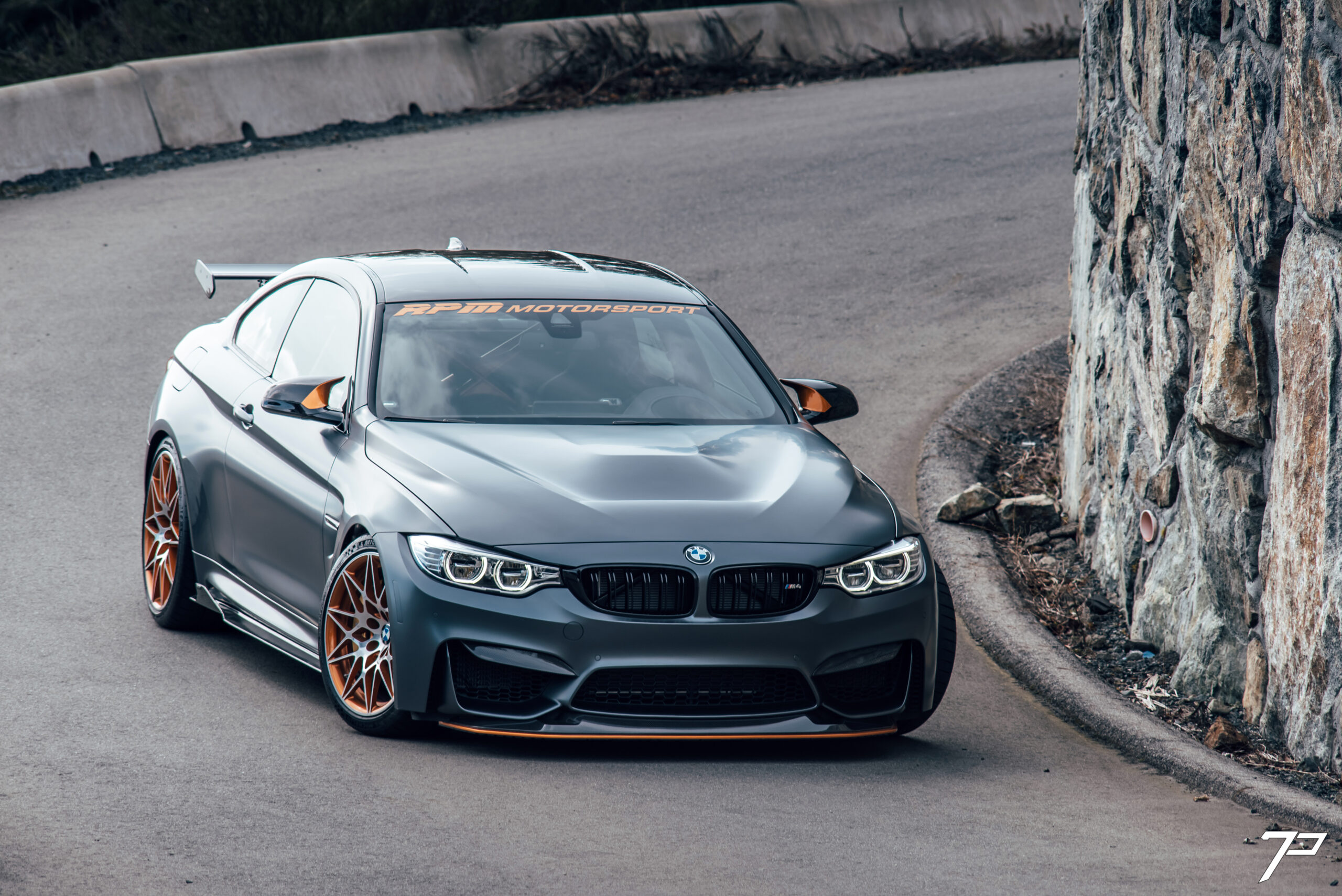The letter “M.” To most, it’s just the thirteenth letter of the alphabet. However, enthusiasts know it as much more. Shortened to simply “M” in 1993, the letter represents BMW’s Motorsports division responsible for facilitating the brands’ various racing programmes and supplementing the production vehicle lineup with a tad more heat added into the mix. The division’s philosophy was to create responsive and agile vehicles. The 3 Series was the most likely candidate for needing that extra bit of performance, considering BMW used the E21 in the Group 5 racing programme. So for the following generation and every other after, an M version of the three series was available for delighted Motorsports fans to add some spice to their driving enjoyment.

BMW M ensured that for the select few who wanted to crank the heat from jalapeno to scorpion pepper it would be possible. The M3 became available with unique limited versions for those who wanted to experience the same track-capable thrills as their motorsport counterparts. The E30 had the M3 Sport Evolution to celebrate its victories in DTM. The E36 had the GT (a European exclusive) and its American counterpart, the fabled LTW, with parts in the trunk that could void warranties. The E46 followed that up with the CSL and included the first CFRP roof section on an M car. Finally, the E92 M3 GTS is one of the rarest M cars ever produced and contains adjustable aero. Thanks to our friends at RPM Motorsport, we were lucky enough to sample what followed and move the M3 to another high-performance level. RPM Motorsports is located on Vancouver Island, providing ECM Tuning, software and mechatronic solutions for BMW/Mini and other select European products.

When the new generation of the 3 Series debuted in 2014, BMW announced the coupe and convertible would split off and create its line, now branded as the 4 Series, which means an all-new zesty version would soon emerge. But, as we all know, sometimes a couple Jalapenos doesn’t have enough kick. So for 2016, M Division debuted the M4 GTS. Meant to be the ultimate version of the F82, the GTS has many new additions, including carbon elements for track day fun. The hood, trunk, roof skin, rear diffuser, adjustable front splitter and adjustable rear wing (mounted with machined aluminum uprights) are made of this exceptionally lightweight, high-tech material. The unique material is highlighted again in the engine compartment as the carbon precision strut, which reinforces the entire front end of the vehicle and thus significantly improves steering precision. The interior makes its sporting intentions known with carbon-backed bucket seats, a rear bench delete and in its place is a multi-point roll bar. The center console and door panels are minimal to reduce weight, with door pull loops to ease opening and closing with gloves on. A thicker steering wheel assembly with a 12’o clock marking replaces the original to help the driver react quicker.



The GTS is powered by the same S55B30 3.0 litre inline-6 present in the standard M4, based on the N55 6 cylinder found in many other BMW products. However, the S55 features many critical differences from an N55, such as a closed-deck engine block, lightweight crankshaft, different crankshaft bearings, strengthened pistons/rods, tighter wound springs/valve material, twin turbochargers, twin fuel pumps, revised cooling system and intercoolers all in the name of performance. The GTS takes it one step further by employing three water injection nozzles to help lower air temperature before combustion, subsequently allowing boost pressure to be increased to almost 22psi (1.49 bar). This translates to 493hp and 443lb/ft on tap, pushing the GTS from 0-100km/h (62mph) in 3.8 seconds, through the quarter-mile in 11.7 seconds and onto a top speed of 306km/h (190mph). Putting the power to the ground and helping cut down those lap times is a 7-speed dual-clutch transmission produced by Getrag dubbed M-DCT.

Being track-capable meant that not only was the GTS lighter and more powerful than a standard M4, but it was agile as well. Taking the already well-engineered multi-link front and rear geometry and adding three-way adjustable coil over suspension to help tailor characteristics to the driver or race track. Braking was now handled by carbon-ceramic discs (400mm front, 380mm rear), clamped on by fixed aluminum multi-piston calipers to ensure speed could be shaved as quickly as it was put on when approaching apexes. Framing the braking package is an exclusive set of forged aluminum wheels (19″ front, 20″ rear) with accents matching the interior roll bar and wrapped in Micheline Pilot Sport Cup 2 tires to ensure maximum grip.



For a production street car the BMW M division really took their gloves off and dumped the Carolina Reapers into the mix. That being said though, the GTS is a truly fine example of what that division can create while still showing enough restraint to not go full blown race car. But it begs the question, which race track does it need to be flogged around?





